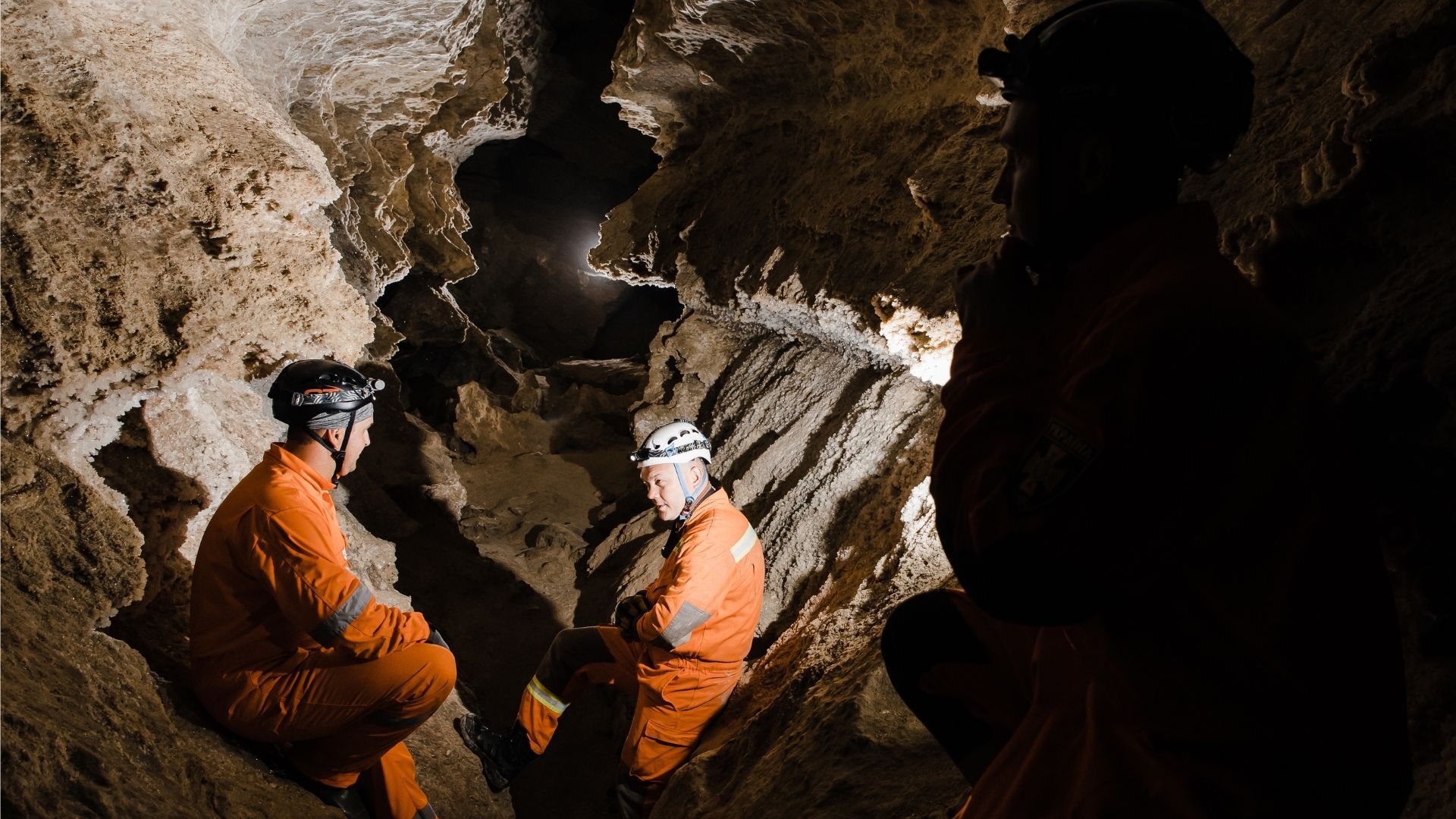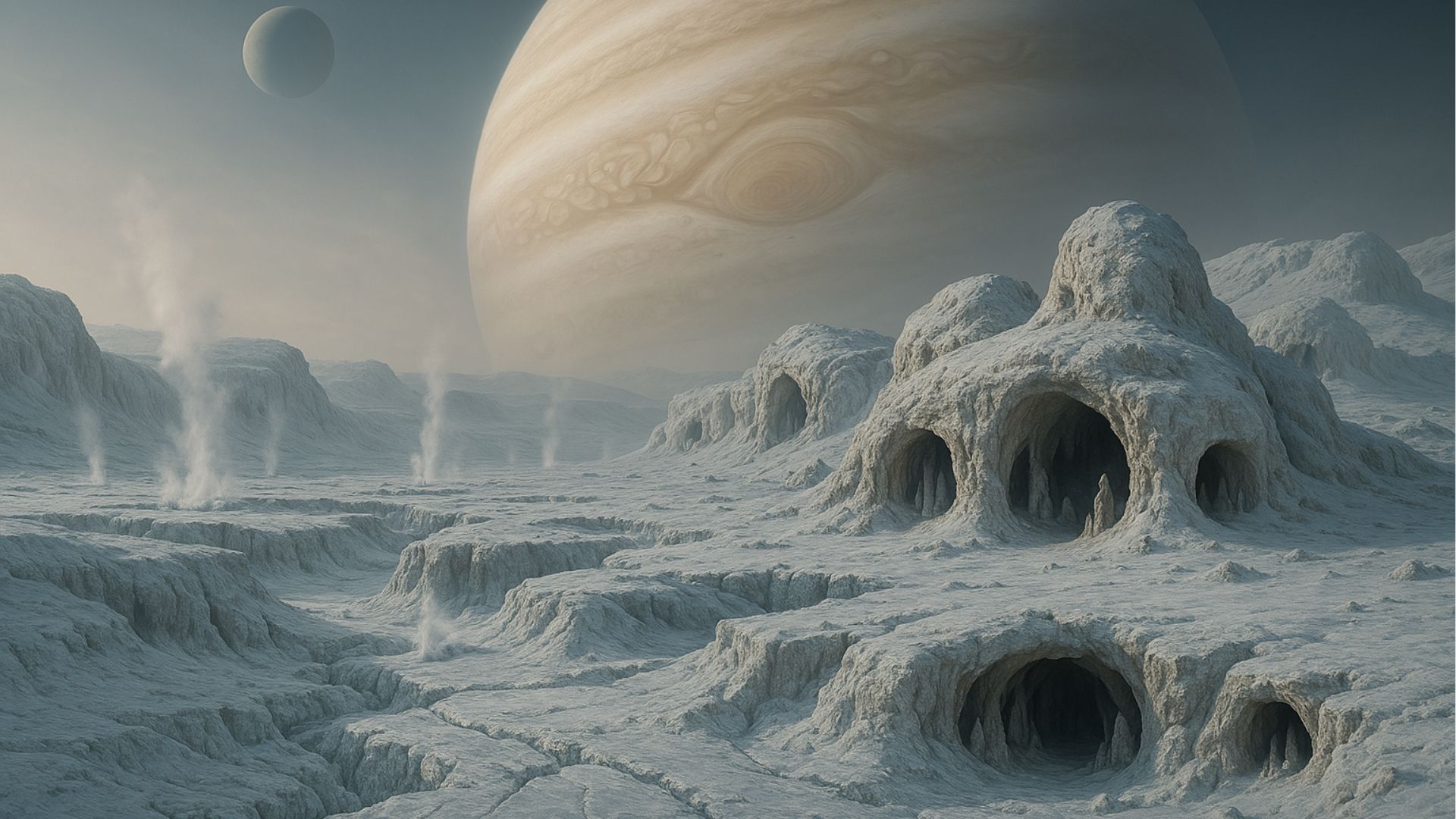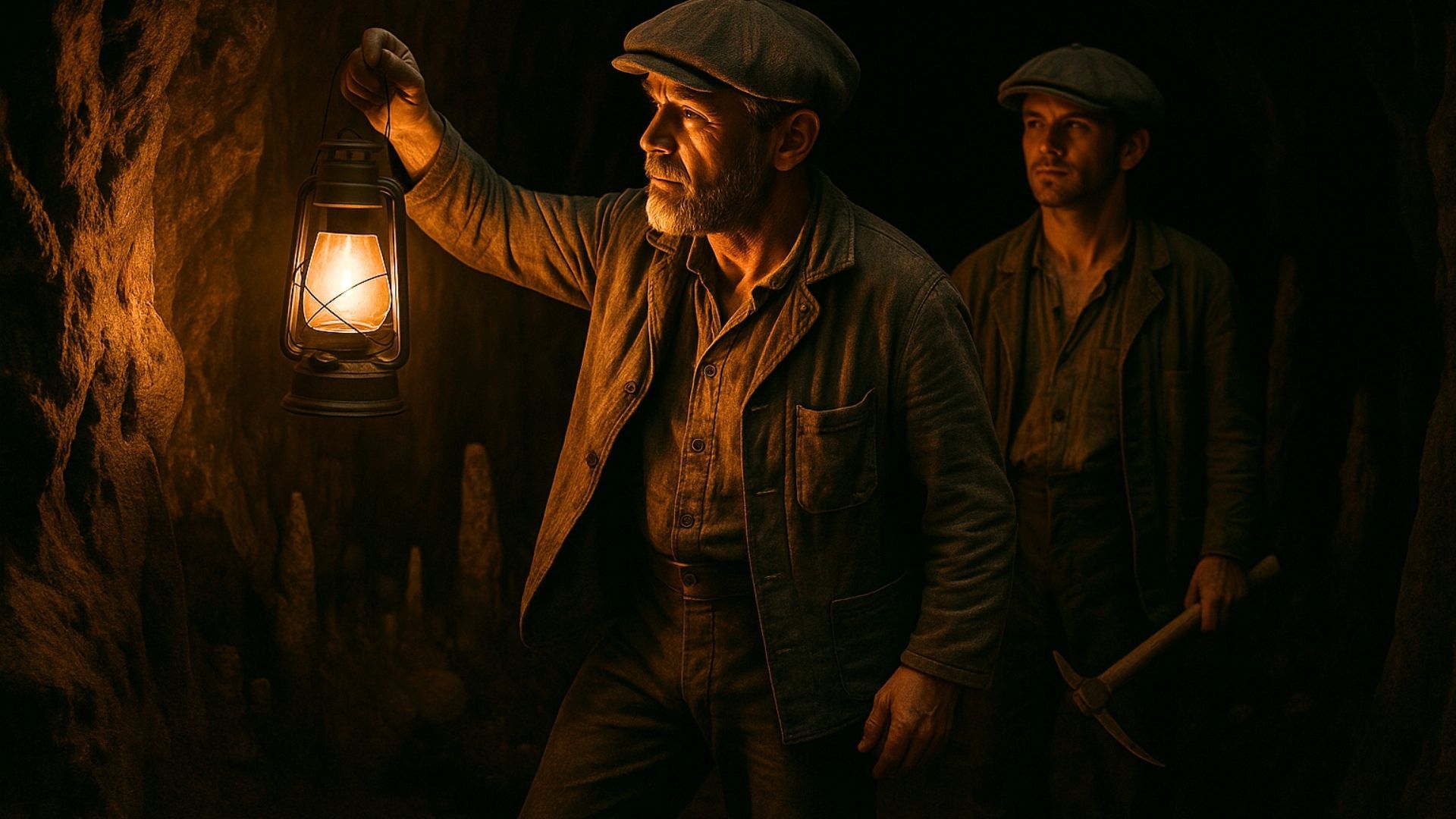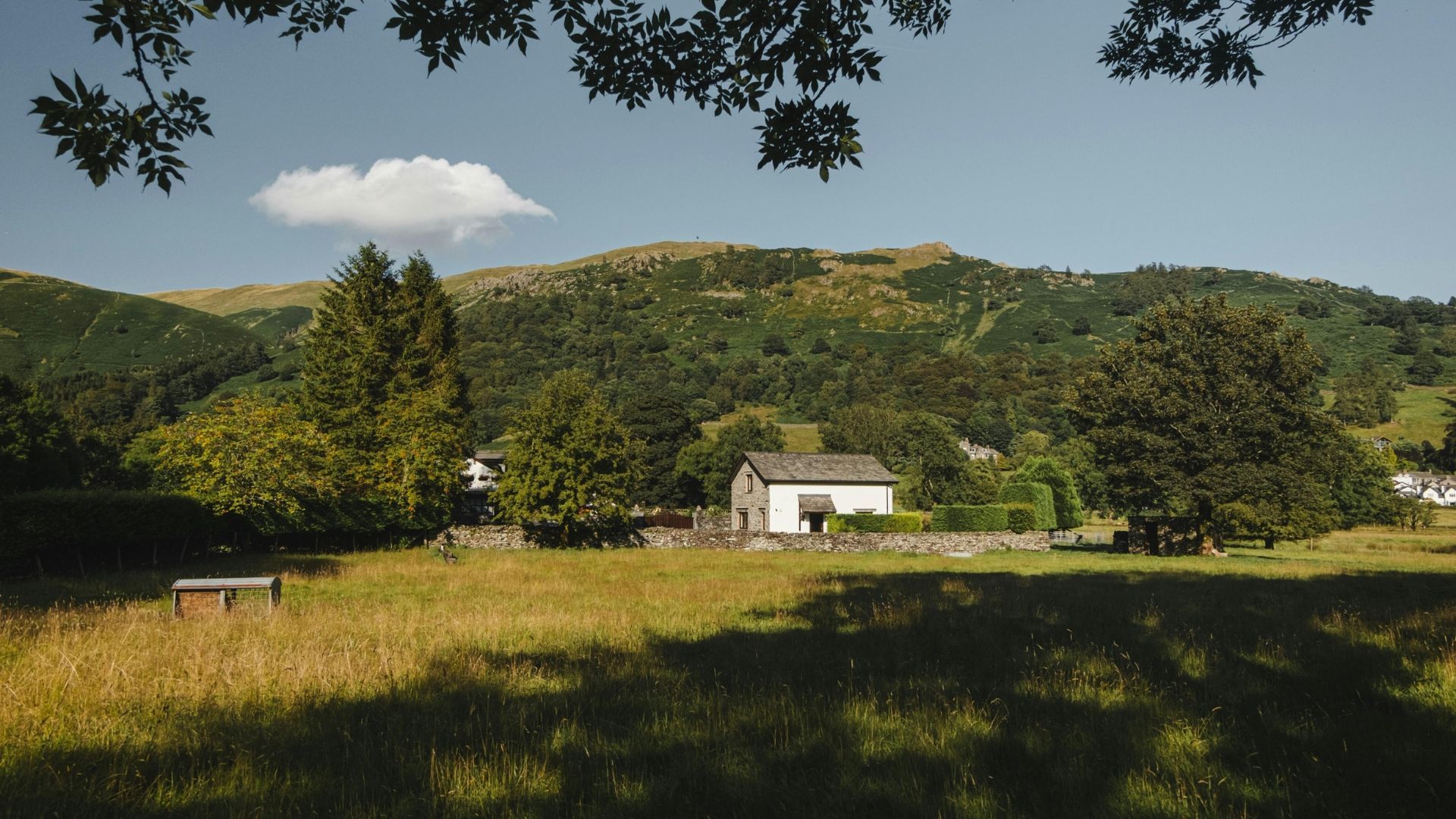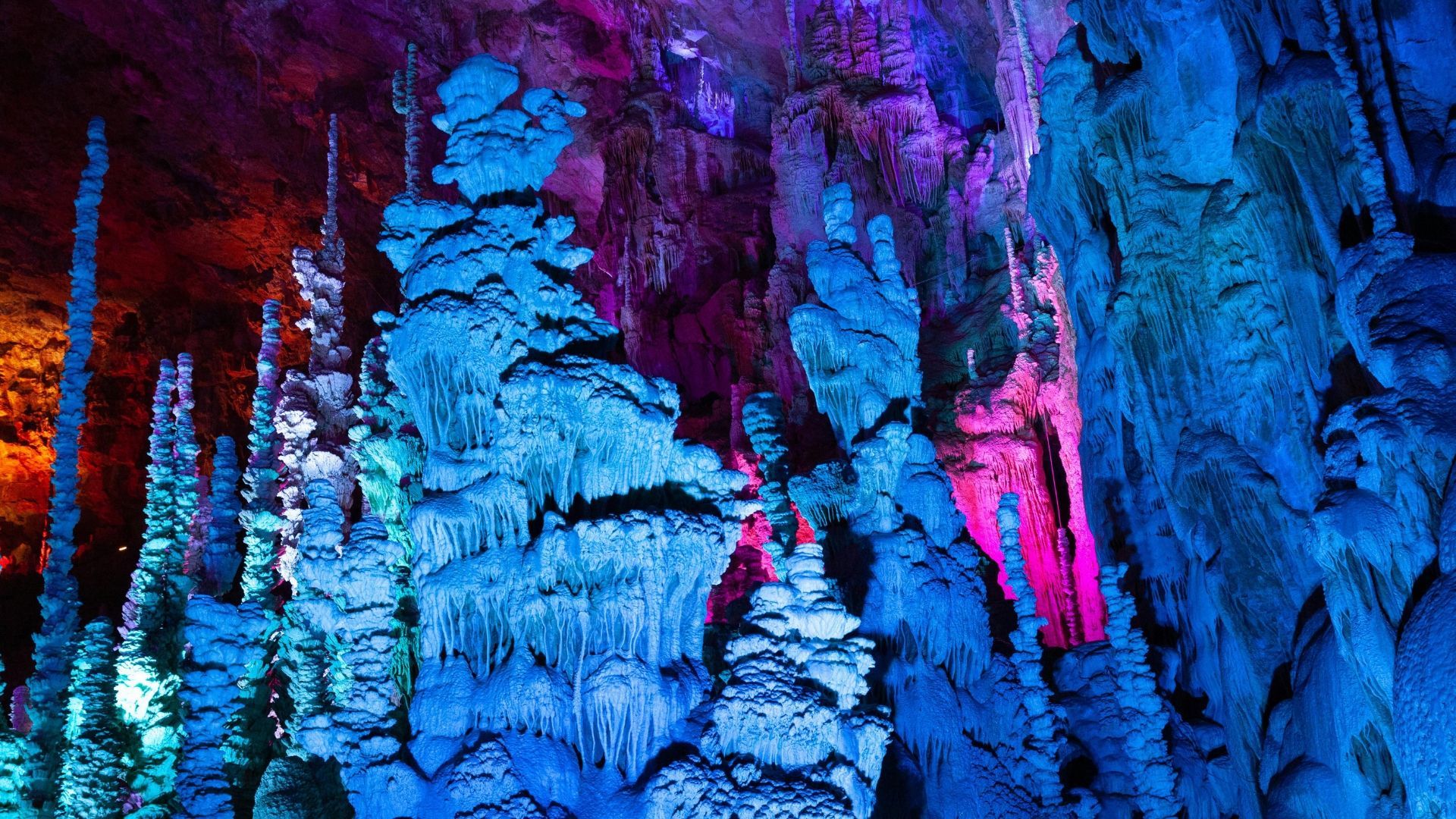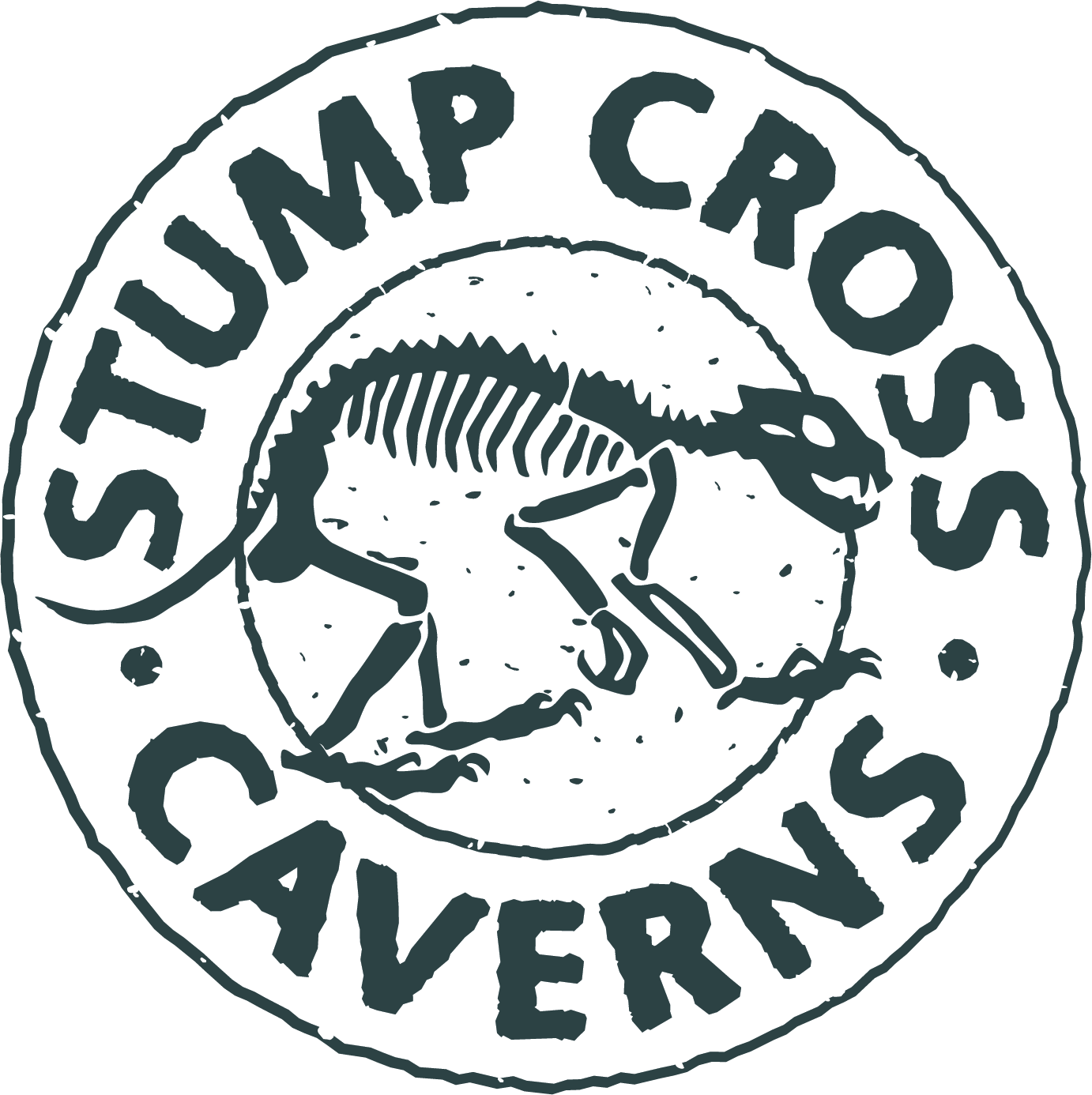Fossil hunting is a fun and fascinating activity that can be enjoyed all year round. Check out our beginner's guide to help you get started.
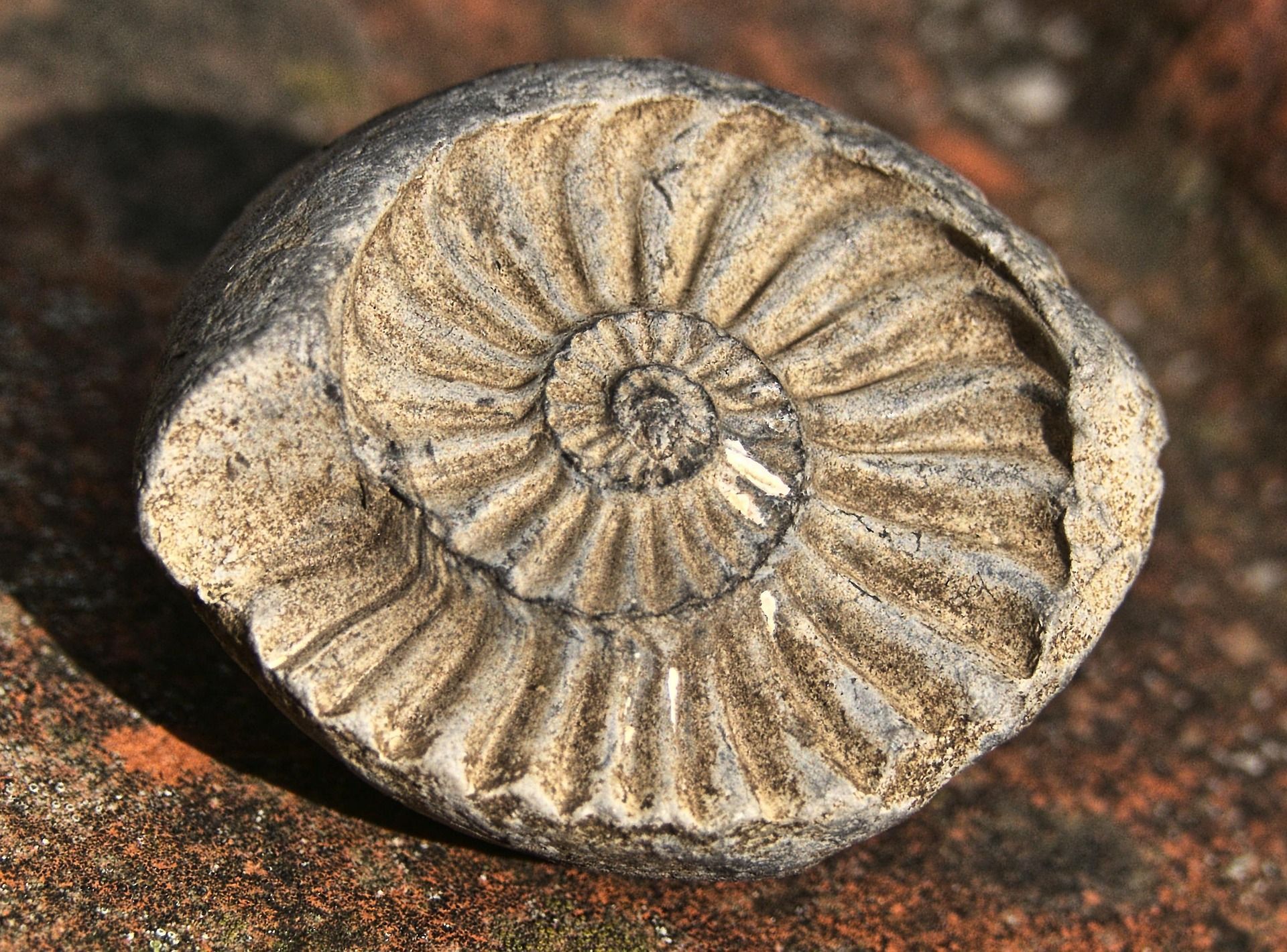
Whether you're young or old, an expert or a beginner, fossil hunting can be a fun, stimulating and educational activity.
The thrill of finding evidence of prehistoric creatures and the environments they thrived in never wears thin. Like the metal detectorist turning up gold, a new fossil is always a delight to see.
Here at Stump Cross Caverns, we're passionate about the past. Our gift shop overflows with fossils, and our resident Cavewoman leads regular digs.
So we thought we'd do our bit for the fossil hunting community by sharing a beginner's guide. Wondering why, how or where? We've got you covered.
Happy digging!
Why go fossil hunting?
Fossil hunting gives us a glimpse into what our planet has looked like at various historical periods. To take one famous example, it's thanks only to the so-called "fossil record" that we know what dinosaurs looked like – but the same is true of sea creatures, plants and more.
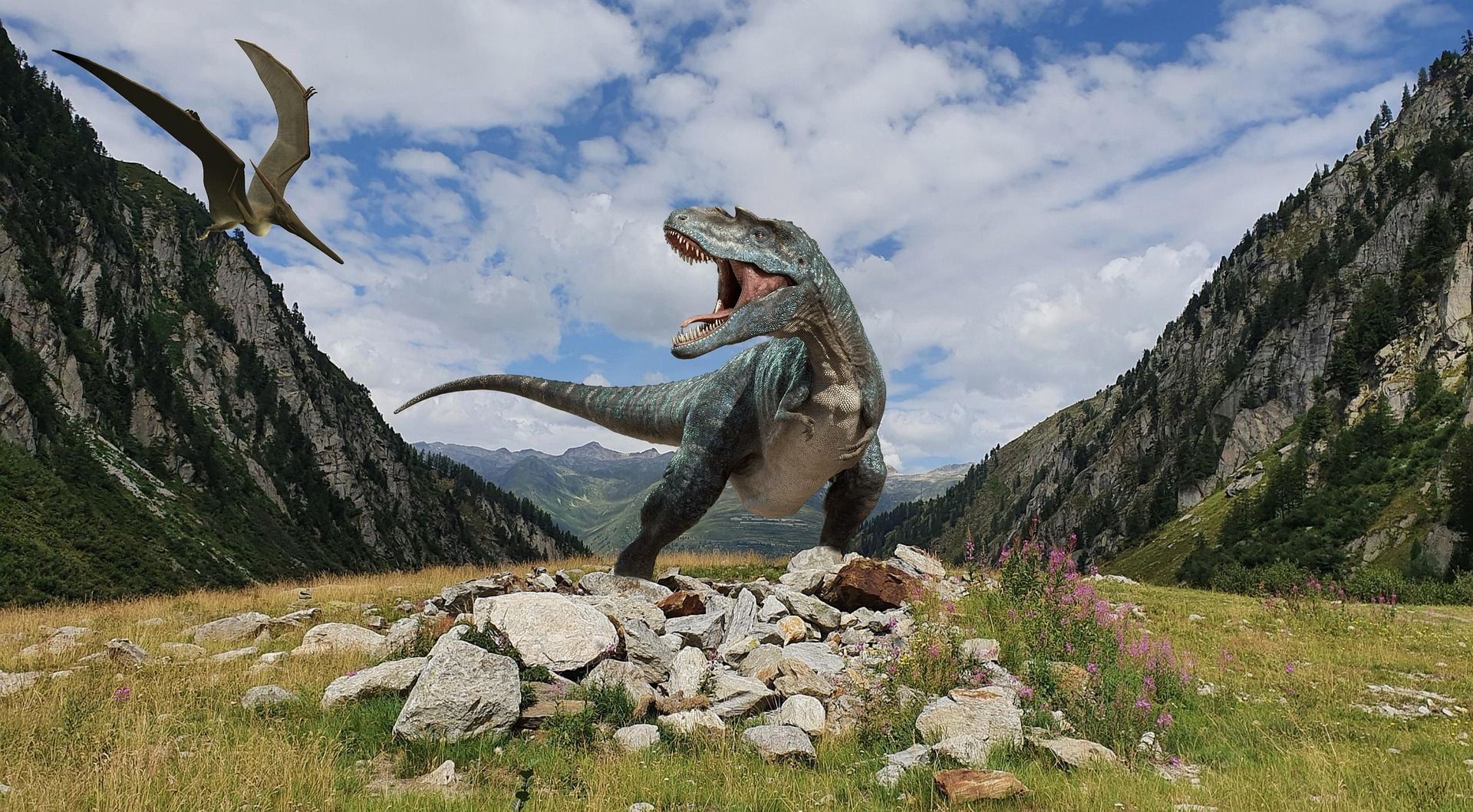
Fossils have a story to tell – and with the help of modern-day technology, we can piece together a picture of the past.
As a leisure activity, it combines the thrill of the chase with the gentle pleasure of being out in nature.
Flick through a book of fossils and you'll see a vast array of examples – but they can mostly be split into five main types.
The five main types of fossils
1. Body fossils
These are the remains of prehistoric organisms such as shells, feathers and bones.
2. Footprints and trackways
These are tracks of footprints that were left by prehistoric organisms on soft surfaces. Over time, they hardened into rock and became fossils.
3. Moulds and casts
These are organisms that were buried in sediment and then later dissolved by underground water. They can be found in caves, rocks, floors and stone.
4. Coprolites
Coprolites are fossilised faeces. It's thanks to these that we know what prehistoric organisms ate.
5. Petrification fossils
These are formed when minerals replace the organic matter in the organism and turn into stone – or "petrify" – over time.
Where to look
The UK is a great destination for fossil hunters. There are hundreds if not thousands of places where you can look for them.
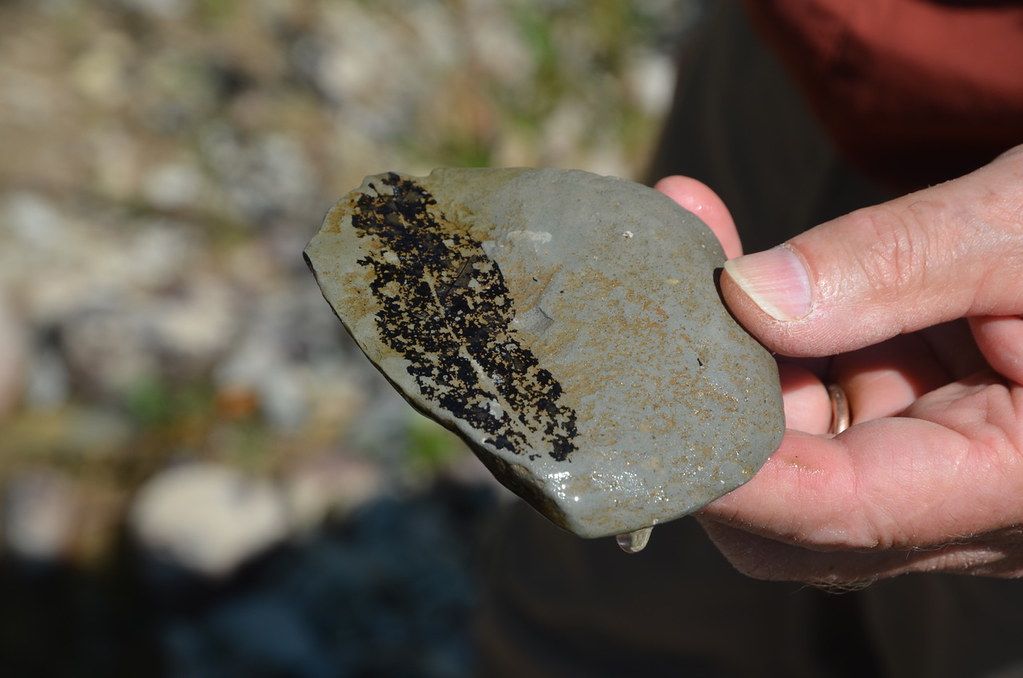
However, if you want to start in a specific place – either your hometown or a holiday destination – then there's a handy website called UK Fossils. This is like the Yellow Pages of the Stone Age – a great guide which will point you in the direction of fossils.
If you're more a pack animal than a lone wolf, you can always join a fossil hunt. Having a guide to aid you on your way and fellow fossil hunters to share your finds with can be a lot of fun.
Some of the best places to go fossil hunting in the UK are Lyme Regis and Charmouth in Dorset – both on the Jurassic Coast – and Bracklesham Bay in West Sussex.
Essential equipment
When it comes to fossil hunting, there are some essentials for everybody's kit bag. Here are our eight must-haves:
1. Newspaper
Fossils are delicate. Wrapping them up well before packing them away is key to keeping them intact.
2. A sturdy bag
Once wrapped, you'll need a sturdy bag to store your finds in.
3. A brush
Just as you'd brush the dirt off a carrot, so you're going to have to dust down a fossil. These things have been in the ground for
ages. A brush is an essential tool for any fossil hunter.
4. A hammer and chisel
You'll need these tools to dislodge the fossil from the ground.
5. Magnifying glass
Want a closer look at your fossil's whorls, pockmarks and other delicate features? A magnifying glass is a must.
6. Maps and guides
Whether in the form of an app or a book, maps and guides can help you reach your goal of uncovering a dusty old specimen.
7. Safety glasses
Chiselling away at rock is great fun – but it's not great news for your eyes if a bit of dust or stone gets lodged in there. It's well worth investing in some safety specs.
Don't forget to take a large rucksack for all your equipment, a hard hat if you're heading to the caves and a first aid kit, just in case.
What next?
If heading out into the big wide world of fossil-hunting feels a little bit daunting, why not visit us here at Stump Cross Caverns and test the waters, so to speak?
Speaking of water – did you know that Stump Cross used to be a shallow sea? The limestone caves you see today are made up of prehistoric sea creatures. In a way, it's one huge fossil that you can explore.

You can spend the day on a magical journey as you wind through our network of chambers and passageways, filled with stalagmites, stalactites and other gorgeous rock formations.
Whether or not you think of yourself as a history buff, there's nothing more fascinating than checking out hidden corners and ancient rock formations that date as far back as 300 million years ago.
To top it off, we've discovered some really cool fossils in our time – from wolverines and bison to prehistoric reindeer. Who knows what you might spot on your travels?
The bottom line
Fossil hunting is a great activity for all the family. It's exciting, enchanting and educational. Every fossil holds a bit more information about our planet's history – are you going to add to it?
Looking for a
fun activity in Yorkshire? Head over to Stump Cross Caverns, where we can wow you with our history, entice you with our tours and have you planning a fossil hunting trip quicker than you can say "megalosaurus".
With 300 million years of history at our fingertips, we're ready to take you on an enchanting journey. Book today or check out our calendar of unique events and experiences.


